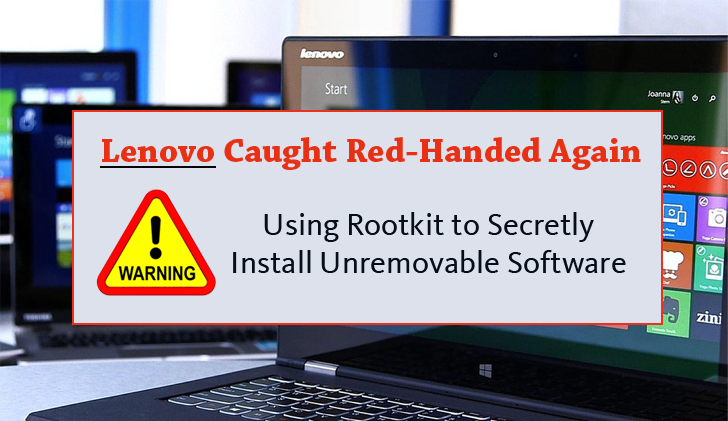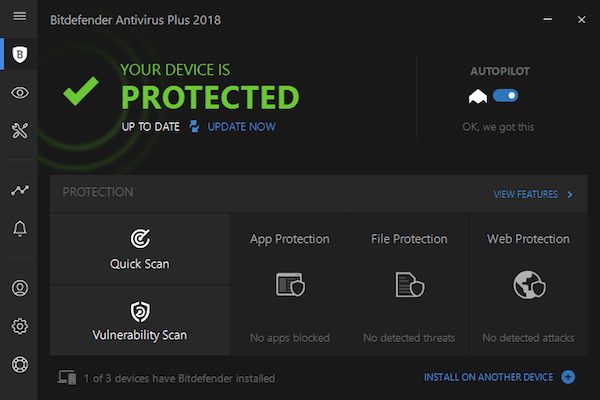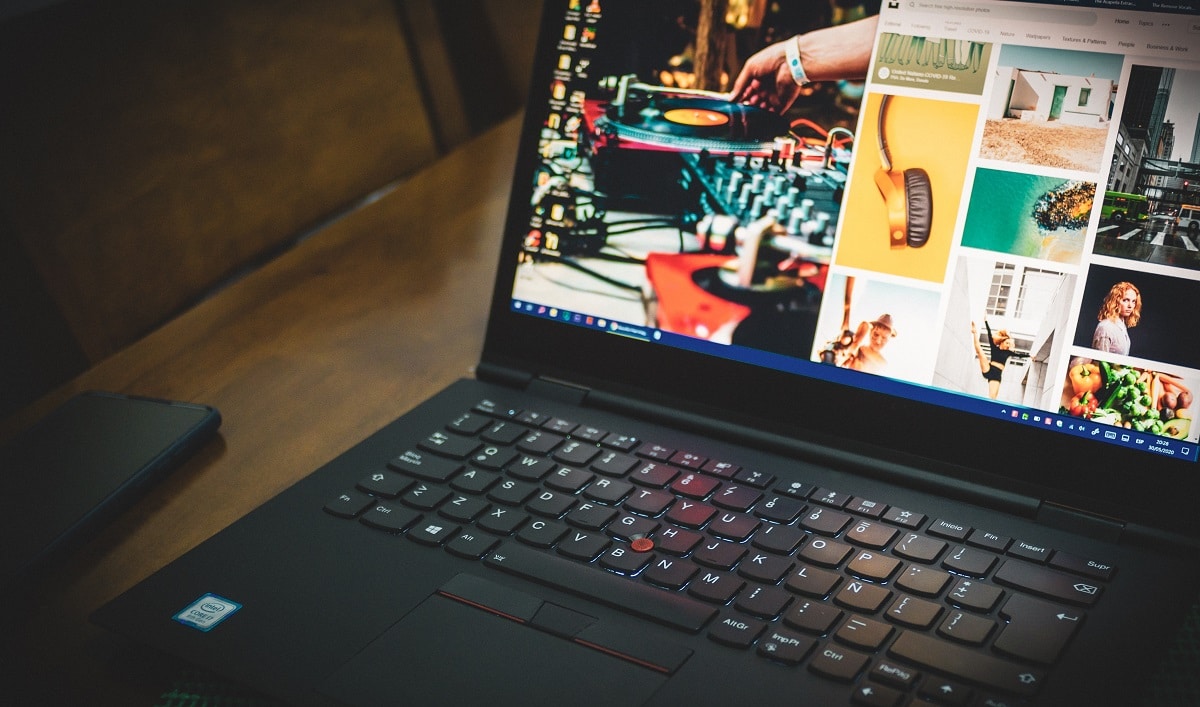


- #How to delete junk files on lenovo laptop how to
- #How to delete junk files on lenovo laptop software
- #How to delete junk files on lenovo laptop password
- #How to delete junk files on lenovo laptop professional
Part 1: What Should You Do Before Selling Old Laptop Step 1Backup Important Data on Your Laptop
#How to delete junk files on lenovo laptop how to
#How to delete junk files on lenovo laptop software
Any hacker can find these missing links using data recovery software and retrieve all personal information and misuse them before you can even know.
#How to delete junk files on lenovo laptop professional
Surely, you can delete all files and folders by using the format option or by using the basic delete feature but you must know that it is the most unsafety way to erase data from your computer since these files can be easily recovered using any professional data recovery program.Ī basic files deletion only deletes the links from the files that makes the information disappeared from the computer but in reality the file is not really deleted from the computer. In order to maintain the privacy and security of the data and files on your laptop, you must delete all the information from the old laptop without leaving any trace behind. Yet, selling or donating your laptop can be very scary since all the important data and documents are stored on your old laptop that you don't want to be leaked or misused by another other person. What is the secure method to clean up a laptop to sell? " Joe asked me about that two days.Īfter buying a new laptop or computer, people may often decide to sell or giveaway their old laptop to less fortunate since the old laptop will not be used as often. I have a lot of documents on it and want to erase all data from it before selling it.
#How to delete junk files on lenovo laptop password
To protect your files, create a strong password and pay attention to the privacy settings and policies of the cloud service you're using." I purchased a new laptop and want to sell the old one, which is still in good condition. However, when you save something online, there's always a risk that unauthorized users will try to gain access to your personal information. Files in the cloud are also easier to share so you can collaborate with friends and coworkers. Unlike physical media, the cloud can't break or get lost, so you don't necessarily need to back up the files you keep on it. If you own a business and want to keep all of your documents in the cloud, you may want to pay your cloud service for more storage. The free storage space that comes with these accounts (usually around 15GB) should be plenty if you're using your account for regular personal, work, or school purposes. Some of the most popular are Google Drive, OneDrive, and Dropbox. There are many services that allow you to create a free account and save documents, images, and other files to the cloud. Always be sure to back up your files, and don't include private information on there in case it gets lost or stolen! Saving files to the cloud Remember: People frequently forget to eject/retrieve their USB drive if they bring it to a new place. To learn more, check out our lesson on Backing Up Your Files.

USB drives and the cloud can also be used to back up your files. With cloud storage, you can access your files from any computer with Internet access without having to keep track of a physical device. Cloud storage: Cloud storage means you save your files on servers on the Internet using an account with a cloud service.They are relatively inexpensive (usually less than $20) and can be purchased at any store with an electronics section. USB drive: USB or flash drives are small, removable hard drives that plug into the USB ports on your computer.In this lesson, we'll talk about two ways to save your files so you can access them from almost anywhere. Sometimes, you may want to bring your file with you and open it on a different computer. When you're working on a document or other computer file, you can always save it to your computer's hard drive. en/computerbasics/learning-a-new-program/content/ Bringing your files with you


 0 kommentar(er)
0 kommentar(er)
